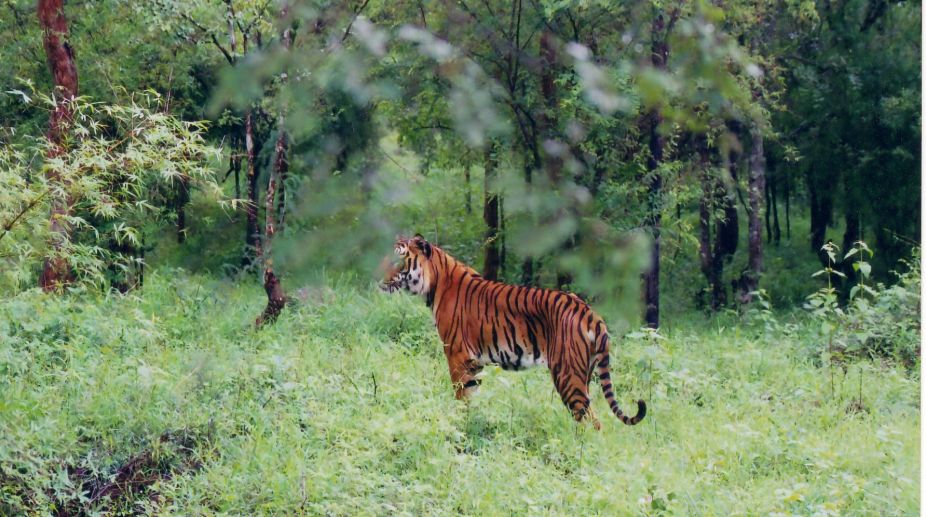Uncovering trekking trails around Istanbul
If you're planning a business or city trip to İstanbul, include a few extra days for a beautiful outdoor adventure.

Representational image (Photo: Wikimedia Commons)
Up to 32 wildlife species are causing significant damage to life and property across India, say scientists who urge that the country must strengthen human-wildlife conflict management to reduce the losses.
The study examined the patterns of human-wildlife conflict and mitigation use by 5,196 families from 2011 to 2014 from 2,855 villages neighbouring 11 wildlife reserves across western, central, and southern India.
It was designed to help inform better policies to mitigate human-wildlife conflict.
Advertisement
The researchers, including Krithi Karanth, conservation scientist with the Wildlife Conservation Society in the US are calling for the identification of effective prevention techniques, strengthening existing compensation schemes, and an open inclusive dialogue between local communities, governments, and conservationists.
Researchers found that of over 5,000 households surveyed around 11 reserves in India, crops were lost by 71 per cent of households, livestock by 17 per cent, and human injury and death were reported by three per cent of households.
Rural families use up to 12 different mitigation techniques to protect their crops, livestock and property.
Night-time watch, scare devices, and fencing are the most common mitigation techniques used by rural families in the periphery of reserves.
Families near reserves in Karnataka and Madhya Pradesh were most likely to use mitigation.
In recent years, these states have recorded high levels of damage by wildlife, and are among states that provide the highest compensation payments across India, researchers said.
In contrast, families in Rajasthan were least likely to protect crops and property.
Across wildlife reserves, people reported average crop losses amounting to Rs 12,559 and Rs 2,883 of livestock losses annually.
Such losses constitute a significant chunk of India's rural economy, where the majority of the population earns less than Rs 5,000 per month.
“Resolving human-wildlife conflict requires revisiting the goals of conservation policies and investments by people and organisations,” said Karanth.
“This is especially true with respect to effort and money deployed associated with mitigation and protection. People may be better served by deploying early warning, compensation and insurance programmes rather than by focusing heavily on mitigation,” she said.
“Combined with high poverty, and low awareness regarding government compensation, such families may be most vulnerable to impacts of wildlife damage upon their livelihoods,” said Sahila Kudalkar, research associate with the Centre for Wildlife Studies in Karnataka.
The study was published in the journal Human Dimensions of Wildlife.
Advertisement